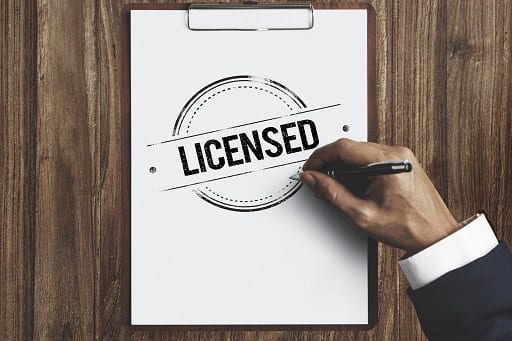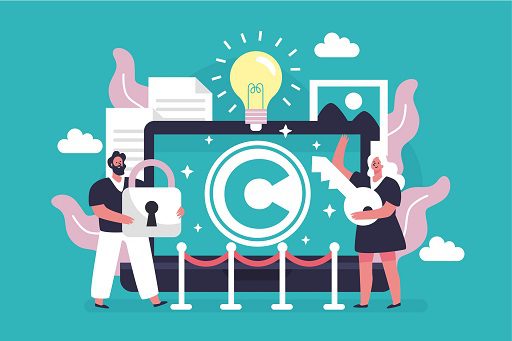Understanding the Basics of Licensing Your Patent: What You Need to Know
If you’ve been thinking about turning your patented invention into the money-making machine, you’re in the right place. Licensing your patent can be a great way to generate some extra income, but it’s important to do your homework first. In this post, we’ll break down the steps and strategies you need to consider when licensing your patent. Let’s get started!
What is a patent and what can it do for you?
If you have an invention that no one has ever seen before, then a patent is the perfect way to protect it! Patents allow inventors to put their inventions on the map and start building recognition and respect. As the inventor, you own the exclusive rights to manufacture, use, and sell your invention. What’s more, standard essential patents (SEPs) give inventors even more leverage because they cover any industry-standard technology that the inventor developed. With a patent in hand, inventors can confidently pursue marketing opportunities for their creations!
Why license your patent instead of selling it outright?
Licensing your patent means having the opportunity to benefit from its use without giving up control over it. By licensing a patent, you can control who is authorized to use it, how and when they use it, and what rights they have, such as access to improvements in the patent and ongoing royalty payments.
Furthermore, because licensing agreements often restrict competitors from using or copying your patented invention, you don’t have to worry about potential risks associated with selling a product that may be quickly replicated by someone else. In this way, licensing your patent can be a sound decision to gain income without sacrificing long-term security.
How to find the right licensee for your patent
If you have a great invention in mind, congratulations! The next step is finding the licensee best suited for your patent. The good news is that there are plenty of resources out there to help with this important task.
1. Identify potential licensees
Start by researching the industry you have patented in and identifying companies who might be interested in licensing your invention. Look for companies with a strong market presence, such as those that are well-established, or have recently entered a new sector.
2. Reach out to potential licensees
Once you’ve identified potential licensees, it’s time to reach out and make contact. Try to be as specific as possible when describing your invention – explain why it would benefit the licensee and how you plan to work together.
3. Negotiate a licensing agreement
Once you have an interested party, it’s time to start negotiating the terms of the licensing agreement. This can include royalty rates, duration of the agreement, exclusivity clauses, and so on.
Start by taking a look at standard essential patents and analyze what’s included in the agreement. You can check our patent license agreement guide to know more. Then, make sure to clearly outline your goals and objectives and be prepared to discuss them with your partner. After both parties understand each other’s needs, it’ll be easier to draw up a customized agreement that meets everyone’s needs. Make sure to ask questions about any misunderstandings and express your concerns.
When it comes to success, royalty payments, and other considerations can be the ultimate difference-makers! You may not think of them first when setting goals and planning strategies, but it’s important to acknowledge their importance. Royalty payments provide a source of income that many creators wouldn’t be able to live without. It’s also a way for them to experience some validation in knowing that their work is being appreciated. Plus, clever negotiations can establish long-term relationships with brands and partners in ways that can never be planned for. So always take the ethical route — royalties and other considerations don’t just help creators make money but offer tremendous value overall.
4. Signing the licensing agreement
Once you have reached an agreement with a licensee, you will need to sign a formal contract that outlines all of the terms and obligations for both parties. It’s important to ensure that both parties are protected in this contract, so make sure to read it thoroughly and seek legal advice if necessary.
By following these steps, you can ensure you license your patent successfully and get the most out of your invention! With the right strategies, licensing your patent can be an excellent way to generate some extra income and protect your intellectual property.
Enforcing your licensed patent
Enforcing a patent is an exciting process and is the best way to gain recognition for your innovative work. Securing a patented license means that you can protect the results of your hard work and make sure that it’s used correctly. With enforcement, you’re able to reap the benefits of all of your efforts, such as brand awareness, which can bring positive visibility. You’ll also be able to stop any potential unauthorized use or misappropriation of your invention. This could help build a competitive advantage in your market sector, so it’s well worth taking steps to enforce your patent rights.
It is clear to see that licensing your patented invention can be an exciting and financially beneficial process. Through researching the different avenues, finding the right licensee, negotiating a favorable agreement, and managing royalty payments, you have the potential to benefit greatly from this venture. Always remember when it comes to protecting your patent rights and enforcing them, seek professional legal advice to make sure that your best interests are taken into account. Licensing a patent can be an incredibly rewarding experience with tremendous financial upside so don’t be disheartened or discouraged if it takes time to find the right partner! With patience and perseverance, you can turn your patented invention into a successful revenue stream.
Need to Request or Submit Information?
Related Posts

How an IP Licensing Agreement with TAAL Will Benefit nChain’s Blockchain-Related Patents

How IP Licensing Deals Ensure Mental Health Startups Like Lantern Thrive
About Us

